How to Tell If Nikes Are Fake?
Nike is one of the most counterfeited sneaker brands in the world. From everyday classics like Air Force 1s to exclusive collaborations with Travis Scott and Off-White, scammers are getting better at producing fakes that look convincing – even down to the box and tags.
At LegitGrails, we’ve authenticated over 10,000 pairs of Nike sneakers. We’ve seen everything from cheap knockoffs to near-perfect replicas with fake NFC chips. Whether you’re buying online or at a resale shop, this guide will help you learn how to spot fake Nikes confidently.
1. Inspect the Shoebox and Packaging
The first thing to check is the box. Authentic Nike shoes come in high-quality boxes with sharp colors and consistent fonts. What to look for:

- Clean box design in red, orange, or brown (depending on model)
- The SKU number on the label that matches the one inside the shoe
- Smooth barcode sticker with no spelling errors
- Proper font, spacing, and logo alignment
Red flags:
- Faded colors or blurry printing
- Mismatched SKU numbers
- Missing tissue paper, dust bags, or extra laces for premium pairs
Counterfeit Nikes often come in generic boxes, reused packaging, or with no accessories. If you’re buying a limited edition model, check if accessories like hangtags or lace options are missing.
2. Examine the Logo and Branding Carefully
Nike’s Swoosh logo is iconic – and extremely hard to replicate perfectly. Check the following:
- Swoosh shape: Should be sleek and sharp, not bloated or jagged
- Jumpman (on Jordans): Perfectly centered, hands and feet proportionate
-
Air Max / Air Force logos: Clean, embossed, or printed with precision
Poor logo placement, fuzzy edges, or misaligned branding are signs of fake Nikes. Some fakes even use the wrong version of a logo (e.g., an old Swoosh design on a new model).
3. Feel the Materials and Craftsmanship
Nike invests heavily in materials and tech. Authentic uppers are made of real suede, soft leather, knit mesh, or Flyknit, depending on the model.
Fake Nikes often feel:
- Too stiff or overly soft
- Made of plastic or synthetic fabrics
- Poorly glued with excess adhesive showing at seams
Real Nike sneakers feel sturdy and refined. Compare the finish and feel with official photos or verified pairs if possible.
4. Analyze the Stitching and Seams
Craftsmanship matters. Authentic Nikes have:
- Even, double stitching in key areas (e.g., around the toebox)
- No fraying, loose threads, or glue stains
- Tidy curves on panels and toe overlays
In contrast, fake pairs may have crooked lines, missed stitches, or visibly bad workmanship.
5. Check the Midsoles and Outsoles
The sole is where Nike’s performance features live – React foam, Air units, Zoom bags, etc. Authentic shoes have:

- Midsoles with clean foam texture and uniform molding
- Visible Air units (on Air Max, Vapormax, etc.) with strong responsiveness
- Outsoles with deep tread patterns and molded Nike logos
Fakes often have:
- Hard or overly soft midsoles
- Misshapen Air bubbles
- Slippery or uneven rubber soles
Example: On Air Max 97 Off-White “Menta,” look for the AIR text placement and shape of the Air bubble.
6. Review the Tongue and Inner Labels
Lift the tongue and inspect the inside label.

What to check:
- Correct font, spacing, and alignment
- SKU number that matches the box
- Consistent label size and printing quality
Premium Nikes like Travis Scott Jordan 1s or Nike x Sacai often have custom tags – fakes frequently miss those fine details. Also, authentic tongues are plush and neatly stitched. Fakes may feel flat or rubbery.
7. Watch for Weight and Comfort Differences
Nike sneakers are designed to be lightweight and ergonomic. Fakes often use heavier, cheaper materials that cause discomfort when walking or running.
If possible, compare the weight with a verified pair of the same model. Fake Nikes can be up to 100 grams heavier.
8. Bonus Tip: Use a Blacklight or UV Test
Many real Nikes now include invisible ink or UV-reactive details. Try this:
- Shine a blacklight over the inner label or sole
- Look for faint markings like “QR” or internal codes
While not every model has this, most fake Nikes skip this hidden layer of authenticity entirely.
9. Use LegitGrails’ Nike Authentication Service
Still not sure if your Nikes are real? We can help. Send us clear photos of your pair – including the box, logos, soles, stitching, and inside tags – and our team of experts will verify authenticity in as little as 30 minutes. We also provide an official certificate of authenticity.
Where to Buy Genuine Nike Products Safely
To avoid fakes, buy from:

- Nike.com or official Nike apps
- Flagship Nike stores and trusted retailers (e.g., FootLocker, JD Sports, SNKRS)
- Verified resale platforms (e.g., GOAT, StockX, Stadium Goods)
Avoid deals that seem too good to be true on:
- Facebook Marketplace
- Instagram DMs
- Unverified sneaker sites with no return policy
Always check the seller’s reviews and compare prices with Nike’s retail value.
What to Do If You Bought Fake Nikes
- Contact the seller – Ask for a refund or return.
- Gather proof – Keep all communications and photos.
- Report the sale – Contact the platform (eBay, Amazon, PayPal) and file a claim.
- Authenticate your shoes – Use LegitGrails to confirm your suspicion and support your refund request.
- Report to Nike – Nike’s brand protection team investigates counterfeit claims.
Frequently Asked Questions
How can I tell if Nikes are fake in 30 seconds?
Check the box label, the inside tongue tag, stitching quality, and overall feel. Mismatched SKU numbers or stiff, plastic uppers are immediate red flags.
Where are most fake Nikes sold?
Instagram sellers, resale apps with no verification, WhatsApp groups, and fake discount sites. Be cautious of sellers with zero reviews or “only Zelle/crypto” payment options.
Do authorized retailers like FootLocker sell fake Nikes?
Highly unlikely. FootLocker is an official Nike partner. But be cautious of peer-to-peer resale apps or marketplace sellers pretending to be official.
Conclusion
Counterfeit Nike sneakers are getting harder to spot – but not impossible. With the right knowledge and a close eye on stitching, logos, soles, and tags, you can avoid fakes and shop smart.
For total peace of mind, let our team at LegitGrails authenticate your pair. Whether you just purchased or you’re about to, our service ensures you never get scammed on your next sneaker investment.
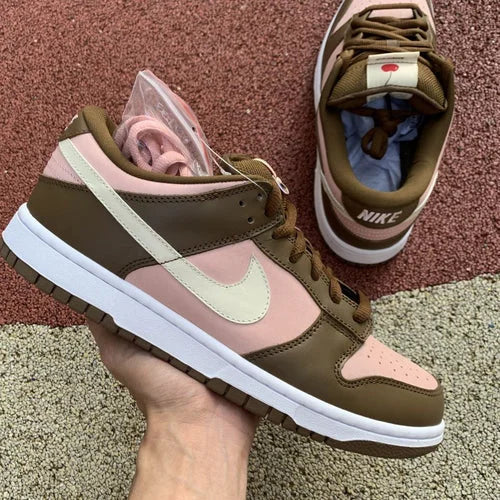
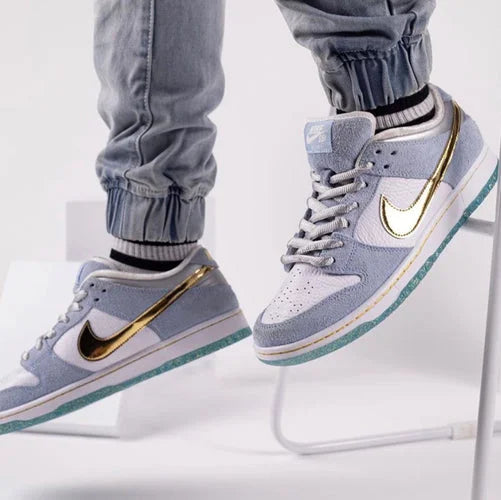
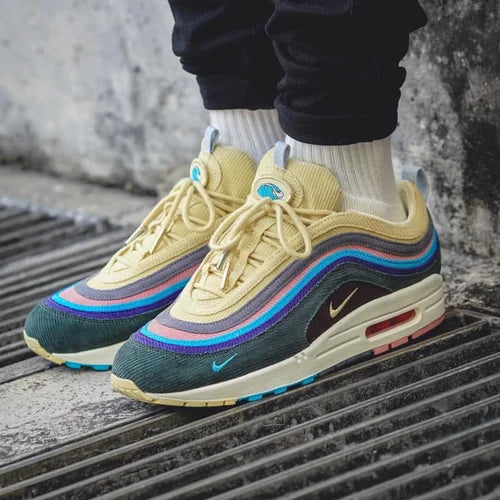
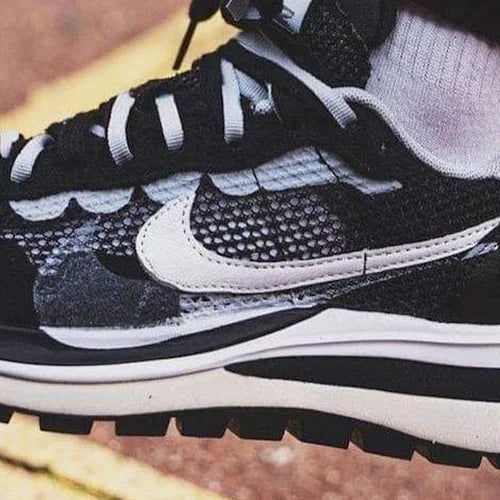


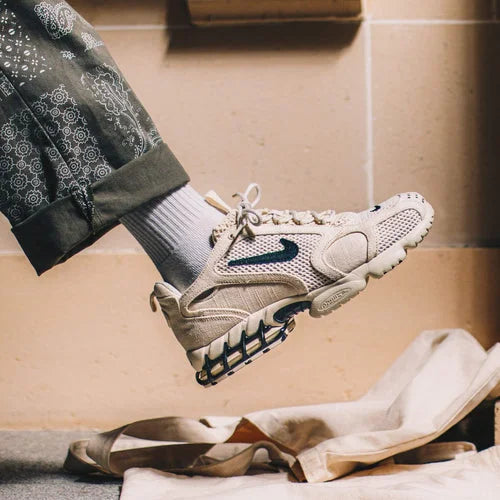
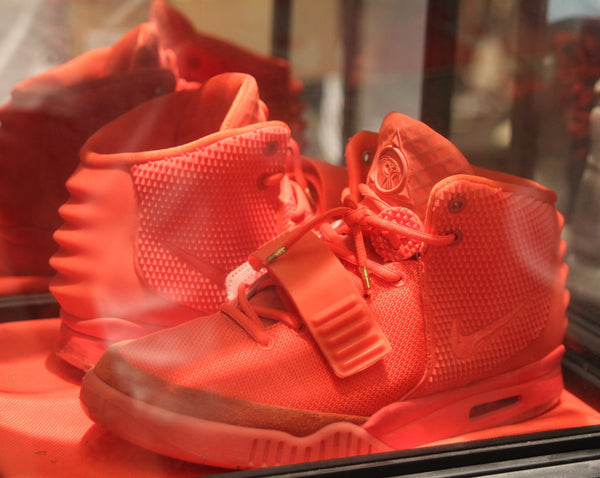


















.jpg)
















.jpg)


.jpg)
























.jpg)





